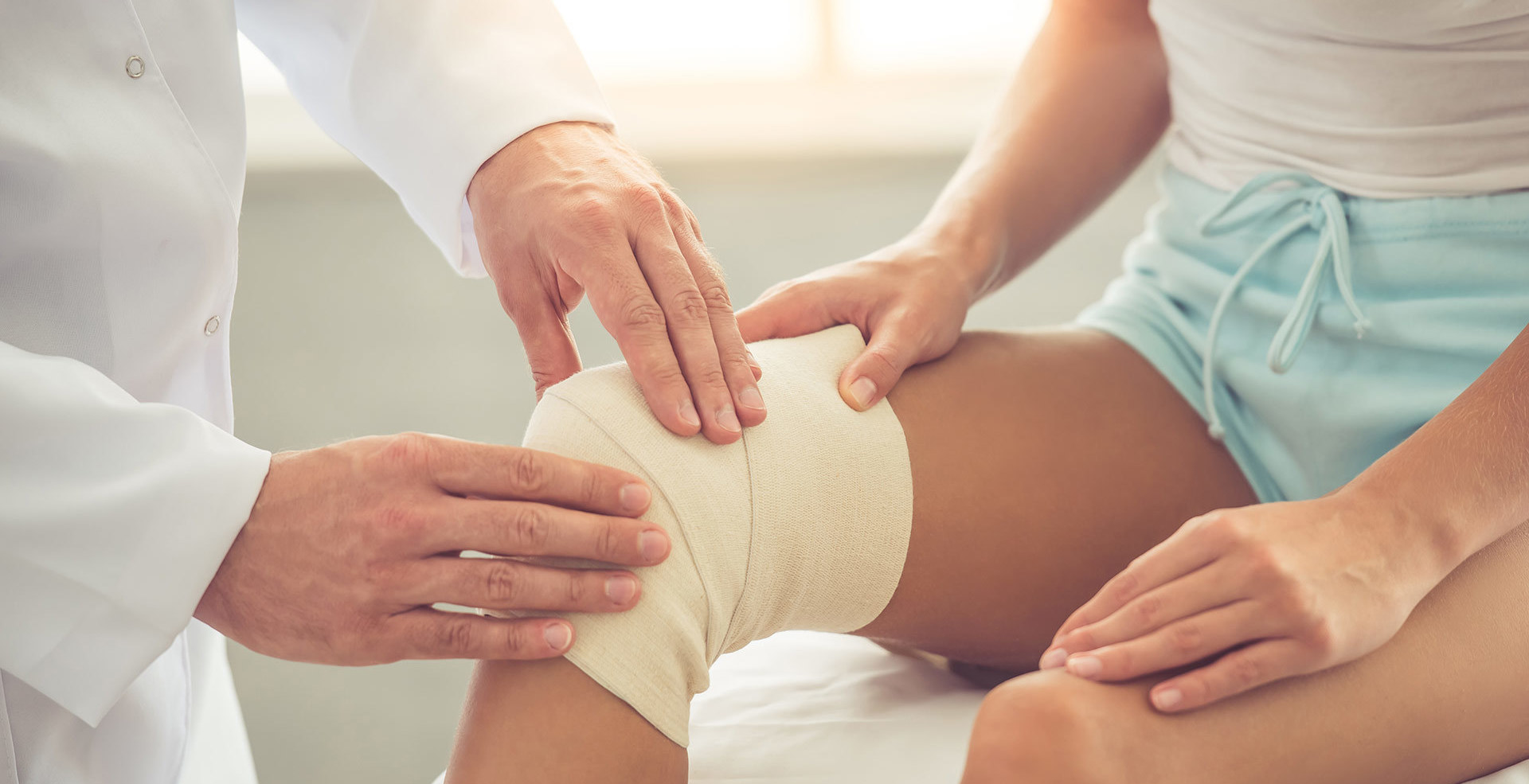Why Are Women More Prone to ACL Injuries?
Posted on 18th August 2023 at 17:46
Written by: Mr Arjuna Imbuldeniya
Why Are Women More Prone to ACL Injuries?
In the world of sport, the disparity in injury rates between male and female athletes is an issue that has garnered significant attention in recent years. One injury that has particularly stood out is the anterior cruciate ligament (ACL) injury, which disproportionately affects women. This phenomenon has sparked extensive research and discussion, aiming to unravel the intricate web of physiological, biomechanical, and anatomical factors contributing to this vulnerability. The 2023 FIFA Women's World Cup in Australia and New Zealand as a showcase of top-level women's football, and the build up to the tournament, serves as both a testament to women's athletic prowess and a platform to shed light on this critical issue.
The Anatomy Factor
The anatomy of the female body can play a pivotal role in the higher susceptibility to ACL injuries. Female athletes generally have a wider pelvis, leading to a greater angle between the femur and tibia bones, a feature known as the "Q-angle". This angle creates a biomechanical disadvantage, potentially contributing to greater stress on the ACL during movements involving abrupt changes in direction or landing from a jump. The wider pelvis also impacts the alignment of the lower limb, which can lead to improper tracking of the patella and increased stress on the ACL.
Hormonal Influence
Hormonal fluctuations across the menstrual cycle can also influence ACL injury rates. Research has shown that during the menstrual cycle, increased levels of oestrogen can affect the laxity of ligaments and the neuromuscular control of joints. This can lead to reduced stability in the knee joint, making it more susceptible to injuries, including ACL tears. The hormonal interplay adds another layer of complexity to the issue and underscores the need for personalised training programs that consider the cyclical nature of a female athlete's body.
Neuromuscular Differences
Neuromuscular differences between males and females can contribute to the heightened risk of ACL injuries in women. Studies have revealed that females tend to have weaker hamstring muscles relative to their quadriceps, leading to an imbalance that can put extra strain on the ACL. Additionally, females often exhibit altered movement patterns during dynamic activities, such as landing from a jump or pivoting. These movement patterns can result in poor knee alignment and improper distribution of forces, further predisposing women to ACL injuries.
Training Disparities
The discrepancy in training and conditioning strategies between male and female athletes can also play a role in ACL injury rates. Historically, sports and training programs were designed with a male-centric approach, neglecting the physiological and biomechanical differences unique to females. As a result, women may not receive the appropriate guidance to enhance their muscle strength, proprioception, and movement mechanics to mitigate ACL injury risks. The recognition of this gap has led to a growing movement advocating for gender-specific training protocols that address the distinct needs of female athletes.
The Impact of the FIFA Women's World Cup
The FIFA Women's World Cup stands as an international stage where female athletes showcase their incredible skills and athleticism. However, it also highlights the vulnerability of women to ACL injuries. The tournament's rigorous competition schedule, which includes intense matches in quick succession, puts immense strain on players' bodies. This heightened physical demand, coupled with the aforementioned factors, underscores the importance of injury prevention strategies tailored to female athletes.
In recent years, the World Cup has served as a catalyst for change. The increased visibility of women's soccer has prompted discussions about gender-specific training, biomechanical research, and injury prevention measures. These conversations have transcended the boundaries of sports medicine and reached the mainstream, fostering a greater understanding of the challenges faced by female athletes and the necessity for targeted solutions.
Moving Towards Solutions
Addressing the gender disparity in ACL injuries requires a multi-faceted approach that encompasses various disciplines. First and foremost, comprehensive research is vital to unravel the intricate interplay of factors contributing to women's susceptibility to ACL injuries. This includes biomechanical studies, hormonal investigations, and neuromuscular assessments that can provide insights into designing effective injury prevention strategies.
Education and awareness play a pivotal role in driving change. Coaches, trainers, and medical professionals must be informed about the unique physiological and biomechanical aspects of the female body. By tailoring training programs, implementing proper warm-up routines, and integrating injury prevention exercises, the risk of ACL injuries can be significantly reduced.
Furthermore, the emphasis on women's sports, exemplified by events like the FIFA Women's World Cup, can serve as a beacon of change. Increased media coverage and investment in women's sports can lead to more comprehensive research, better injury prevention programs, and a more inclusive approach to sports medicine.
In conclusion, the higher prevalence of ACL injuries among women is a complex issue with multifaceted origins. It is not solely the result of one factor, and the answer to the question ‘why are women more prone to ACL injuries?’ consists of an interplay of anatomical, hormonal, neuromuscular, and training-related elements.
The FIFA Women's World Cup serves as a powerful platform to shed light on this issue, driving conversations about injury prevention, gender-specific training, and the need for a more holistic approach to female athletes' well-being. As society continues to recognise the value of women's sports, we move closer to a future where injury rates are reduced, and female athletes can perform at their peak while staying healthy and strong.
Are you suffering from an acl or knee injury and need some help and advice? Contact us now for a consultation to see how we can get you back fighting fit and ready to reach your goals.

Share this post:



